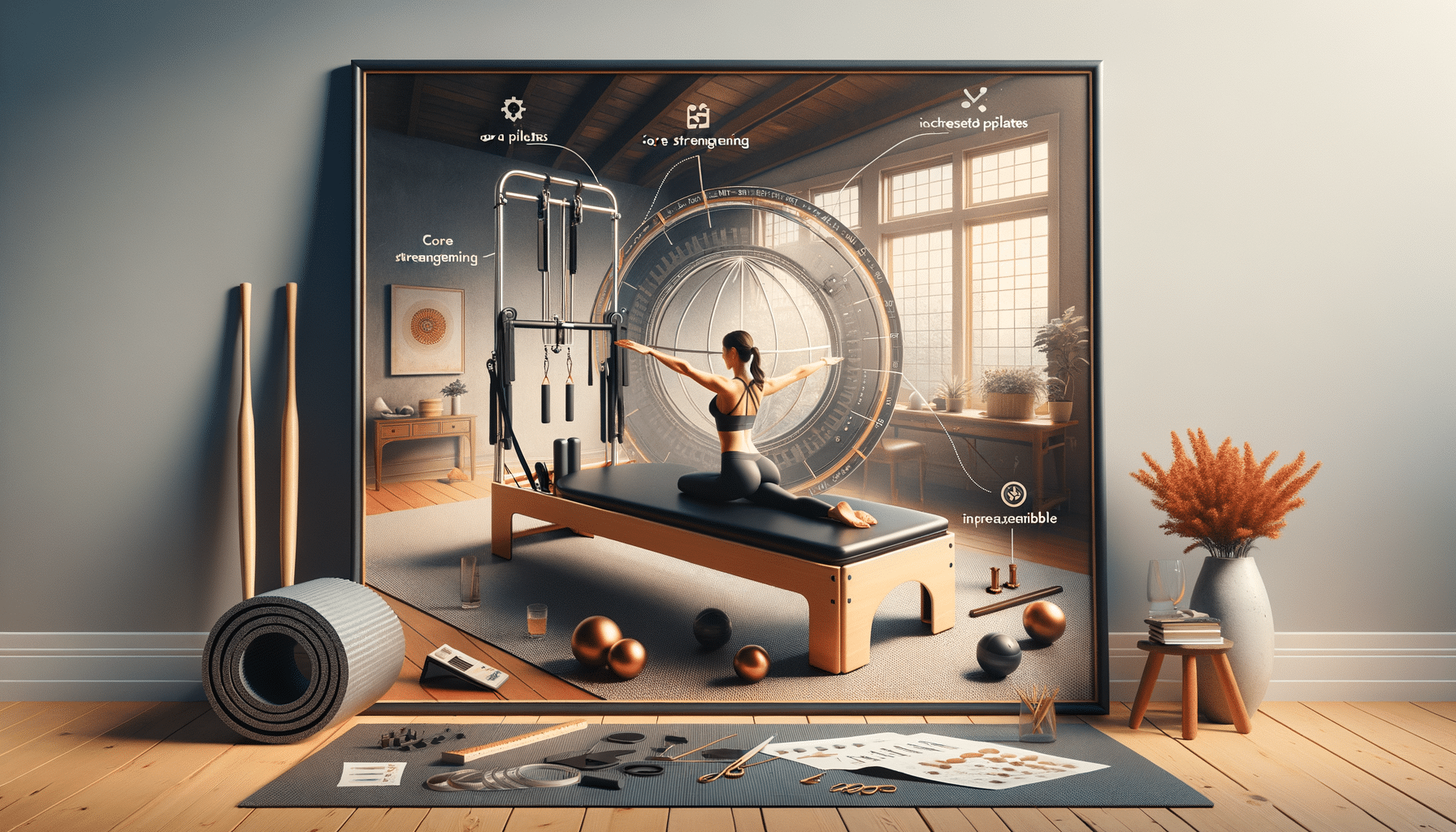
Surprising Health Conditions That Pilates Can Help Improve
Pilates Exercises: A Comprehensive Guide
Pilates exercises are a form of low-impact physical fitness that emphasizes the balanced development of the body through core strength, flexibility, and awareness to support efficient, graceful movement. Originating from the early 20th century, Pilates has evolved into a popular fitness routine that caters to a wide audience, from beginners to seasoned athletes. The exercises are designed to improve overall physical strength, posture, and enhance mental awareness.
Typically, Pilates exercises are performed on a mat or using special equipment such as a Reformer, which adds resistance to the movements. The exercises focus on controlled, precise movements that engage the core muscles, which include the abdomen, lower back, hips, and buttocks. By targeting these areas, Pilates helps in developing a strong core, which is essential for overall body strength and stability.
Some key benefits of practicing Pilates exercises include improved flexibility, increased muscle strength and tone, particularly of the abdominal muscles, lower back, hips, and buttocks, balanced muscular strength on both sides of the body, enhanced muscular control of the back and limbs, and improved stabilization of the spine. Moreover, Pilates promotes body awareness, which leads to better posture and alignment, reducing the risk of injury.
- Improved flexibility and muscle strength
- Enhanced body awareness and posture
- Increased core strength and stability
- Better balance and coordination
Whether you’re looking to improve your fitness level, recover from an injury, or simply want to try something new, Pilates exercises offer a versatile and effective way to achieve your health and wellness goals.
Benefits of Pilates: Why You Should Give It a Try
The benefits of Pilates extend beyond just physical fitness. While it is well-known for its ability to build core strength and improve flexibility, Pilates also offers a range of mental and emotional benefits. This makes it a holistic exercise regimen that can enhance your overall well-being.
One of the most significant benefits of Pilates is its ability to improve posture. By focusing on core strength and body alignment, Pilates helps to correct postural imbalances that can lead to pain and discomfort. This is particularly beneficial for individuals who spend long hours sitting at a desk or those who have developed poor posture over time.
Pilates is also known for its ability to enhance flexibility. Through a series of controlled movements, it stretches and lengthens the muscles, increasing range of motion and reducing stiffness. This can be particularly beneficial for older adults or those recovering from injury, as increased flexibility can improve mobility and reduce the risk of falls.
In addition to physical benefits, Pilates also offers mental health advantages. The focus on controlled breathing and mindful movement helps to reduce stress and promote relaxation. Many practitioners find that Pilates serves as a form of moving meditation, helping to clear the mind and improve mental clarity.
- Improved posture and alignment
- Enhanced flexibility and mobility
- Stress reduction and mental clarity
- Injury prevention and rehabilitation
Overall, the benefits of Pilates make it a valuable addition to any fitness routine. Whether you’re looking to enhance your physical strength, improve your mental well-being, or simply try something new, Pilates offers a comprehensive approach to health and wellness.
Pilates for Beginners: Getting Started
Starting Pilates as a beginner can be an exciting journey towards improved health and fitness. Pilates is accessible to individuals of all fitness levels and can be tailored to meet the needs of beginners. The key is to start slowly and focus on mastering the basics before progressing to more advanced exercises.
For beginners, it’s essential to understand the fundamental principles of Pilates, which include concentration, control, centering, flow, precision, and breathing. These principles form the foundation of Pilates practice and are crucial for performing exercises correctly and safely.
Beginners are encouraged to start with basic mat exercises, which can be performed at home or in a class setting. Mat Pilates focuses on using the body’s own resistance to build strength and flexibility. Some common beginner exercises include the hundred, roll-up, leg circles, and spine stretch. These exercises target the core muscles and help develop the strength and stability needed to advance to more challenging movements.
- Focus on mastering basic exercises
- Understand the fundamental principles of Pilates
- Start with mat exercises to build core strength
- Progress gradually to more advanced movements
It’s also important for beginners to listen to their bodies and avoid pushing themselves too hard. Pilates is about quality, not quantity, so it’s better to perform a few exercises correctly than to rush through a workout. With time and practice, beginners will find that Pilates becomes more intuitive, and they will begin to experience the many benefits it offers.


